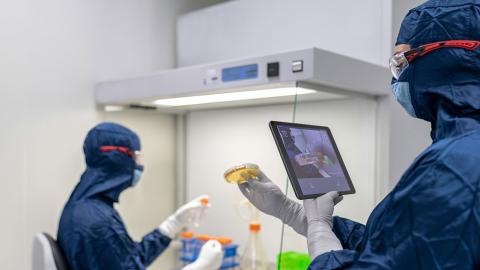FDA Compliance

Implementing a new quality management system (QMS) is no small task, especially for life science companies faced with stringent regulatory requirements and a high validation burden. Entrenched legacy systems compound the problem as organizational inertia and complacency lead companies to make do…

The global coding- and marking-equipment market is on a clear growth path. As shown in a recent Grand View Research report, the market was worth $17,528 million worldwide by the end of 2024.
Furthermore, GVR’s projections estimate the market value will reach $24,927 million by…

When organizations implement an enterprise quality management system (EQMS), the instinct is often to begin with high-visibility processes like corrective and preventive action (CAPA) or supplier quality. While these functions are critical, starting there can be a misstep. Without the right…

My June 2025 article, “How to Avoid FDA Warning Letters,” points out that inadequate corrective and preventive action (CAPA) is a major reason for warning letters, and also introduces the role of failure mode effects analysis (FMEA) in preventing trouble in the first place. The U.S. Food and…

We’d be willing to bet your key collaborators aren’t all in the same building. Your team members, contract partners, clients, and suppliers are likely scattered across the globe. That makes collecting physical, “wet ink” signatures nearly impossible and turns digital approvals into a daily…

Software selection, implementation, and ongoing maintenance are critical stages in the life cycle of biomedical software systems such as asset and calibration management platforms. Yet few industry resources provide detailed, practical guidance for managing these processes effectively.
…
